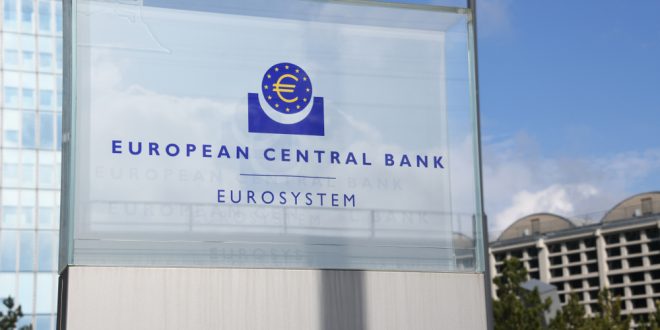The European Central Bank (ECB) decided to keep interest rates on hold on Thursday, pausing after seven consecutive cuts. Policymakers are taking a cautious stance as they await more clarity on the ongoing trade negotiations between the European Union (EU) and the United States, especially as the August 1 tariff deadline looms.
Key Policy Decision
The ECB had reduced its key policy rate to 2% from a record high of 4% over the course of the past year. However, with inflation now back at the ECB’s target of 2%, the central bank decided to pause its rate cuts. This decision follows the inflation surge triggered by the end of the COVID-19 pandemic and Russia’s invasion of Ukraine, both of which had disrupted global supply chains.
Economic Outlook
The ECB’s projections suggest inflation will dip below the 2% target over the next 18 months, providing some room for policy to remain steady. While inflationary pressures have eased, economic growth in the eurozone is sluggish. The eurozone economy has shown barely any growth, and concerns are growing that the imposition of U.S. tariffs could exacerbate this stagnation, further dampening the region’s economic prospects.
Trade Tensions with the U.S.
A major focus for the ECB and European markets is the impending trade deal between the EU and the U.S. According to reports from the Financial Times, both parties are closing in on an agreement that would impose 15% tariffs on European imports. This deal would resemble the trade agreement that U.S. President Donald Trump recently struck with Japan.
However, tensions remain as the EU is preparing to retaliate with a €93 billion ($109 billion) package of counter-tariffs, which could reach up to 30% if no agreement is reached before the August 1 deadline. The uncertainty surrounding these trade negotiations is complicating policy decisions for both the ECB and European businesses, as the potential tariffs could significantly impact economic growth.
Market Expectations
Given the uncertain economic outlook and potential trade disruptions, markets are bracing for at least one more interest rate cut from the ECB later in the year. Analysts expect this rate cut to likely occur in the fourth quarter of 2025, as the ECB monitors the impact of U.S. tariffs and the broader global trade environment.
Positive Economic News
Despite the concerns over trade and growth, there was some positive news for the ECB to consider. Eurozone business activity accelerated faster than expected in July, with a notable improvement in the services sector, which is the largest part of the region’s economy. This upbeat economic data provides a glimmer of hope for the ECB as it navigates the challenges of rising geopolitical risks and trade uncertainty.
As the ECB pauses its interest rate cuts, all eyes will be on the U.S.-EU trade negotiations, with the August 1 deadline looming large. The outlook for the eurozone remains fragile, with the potential for trade disruptions and economic stagnation. The ECB’s decision to hold rates steady reflects the ongoing uncertainty, with markets expecting further action later this year, depending on the developments in global trade and the economic impact of the tariffs.
 Noor Trends News, Technical Analysis, Educational Tools and Recommendations
Noor Trends News, Technical Analysis, Educational Tools and Recommendations





